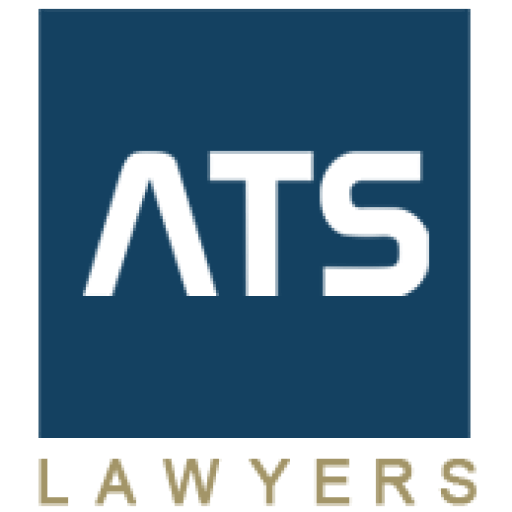Some comments on tax exemption for construction materials to create fixed assets
Criteria to determine “materials used for manufacture of machinery and equipment” and “construction materials” has not been defined clearly, which confuses Customs agencies in the implementation of tax exemption.

Clause 11 of Article 16 of the Law on Import and Export Duties No. 107/2016 / QH13 dated 6th April 2016, stipulates that goods imported to create fixed assets of subjects entitled to investment preferences under the law on investment shall be exempted from import tax, including:
Group 1: Machinery and equipment; components, parts, spare parts for assembly or operation of machinery and equipment; raw materials for manufacture of machinery and equipment, components, parts, or spare parts of machinery and equipment.
Group 2: Special-use transportation means in a technological line directly used for the production of a project.
Group 3: Construction materials that cannot be domestically manufactured.
The tax exemption process under this regulation shall comply with the procedures stipulated in Article 17 of the Law on Import and Export Duties No. 107/2016 / QH13 and Articles 30 and 31 of Decree No. 134/2016 / ND. – CP dated 1st September 2016 of the Government detailing a number of articles and measures to implement the Law on Import and Export Duties.
However, during reviewing procedures for tax exemption for the group as construction materials, there are still many unclear issues, leading to incorrect implementation of tax exemption.
In the three groups mentioned above, it can be realized that the conditions of import tax exemption for the first two groups do not require that the goods are domestically manufactured or not. However, the conditions for tax exemption for construction materials require that the goods must be construction materials that can not be domestically manufactured. The determination of a product that can be domestically manufactured or not is based on the provisions in 8 List Domestically manufacturable goods, enclosed to Circular 14/2015 / TT-BKHDT dated 17th November 2015 by the Ministry of Planning and Investment. Article 3 of this Circular, provides that “Domestically manufacturable goods as stated in the Lists enclosed to this Circular are universal regardless of purposes of use, except specialized-use goods”
With this regulation, in order to check whether the construction materials are domestically manufactured or not to implement the tax exemption procedures, it is required to check the eight Lists enclosed to Circular 14/2015/BKHDT. The problem is how to distinguish between “materials used for the manufacture of machinery and equipment” and “construction materials” because the conditions for import tax exemption for two groups are different. Currently, there are only concepts of “construction materials” but there are not any official legal concepts that clarify what are “materials used for the manufacture of machinery or equipment” or what are “construction materials”. For “construction materials”, the condition for import tax exemption is that the materials cannot be domestically manufactured. But for “materials used for the manufacture of machinery and equipment”, the above condition is not required. If the two above groups cannot be clearly distinguished, the implementation of the import tax exemption policy will be inconsistent, leading to wrong implementation, affecting state budget revenues.
Currently, regarding the making of List of exemptions prior to registration of declarations for import tax exemption under Article 17 of the Law on Import and Export Duties and Articles 30 and 31 of Decree 134/2016 / ND-CP, all three groups of import tax exemption stipulated in Clause 11, Article 16 of the Law on Import and Export Duties shall be included in a list of tax exemption, rather than be separated from each group. Thus, when applying the regulations on import tax exemption for the group as materials used for the manufacture of machinery and equipment” or “ construction materials” in a same List of tax exemption, there will be different understandings.
In the past, there were also no clear concepts or criteria to distinguish between “materials used for the manufacture of machinery and equipment” and “construction materials” and the previous tax policies were similar to those in the current time, but the implementation of tax exemption was relatively easy and was not puzzling or confusing. To check whether the goods are “construction materials” or not, and whether the country has produced them or not, enterprises only check the List of “domestically manufacturable construction materials “issued together with the Circulars of the Ministry of Planning and Investment.
Although, the Ministry of Planning and Investment issued Circular No. 01/2018 / TT-BKHDT on 30th March 2018 on the list of machinery, equipment, spare parts, specialized-use transportation means, raw materials, semi-finished products that can be produced domestically, to replace Circular 14/2015 / TT-BKHDT, the problems mentioned in the article have not been removed.
The Ministry of Planning and Investment should continue to consider and amend the regulations of Article 3 of Circular 14/2015 / TT-BKHTT for more reasonable implementation, or soon have official regulation to distinguish between “materials used for the manufacture of machinery and equipment” and “construction materials”.
Source: customsnews.vn
